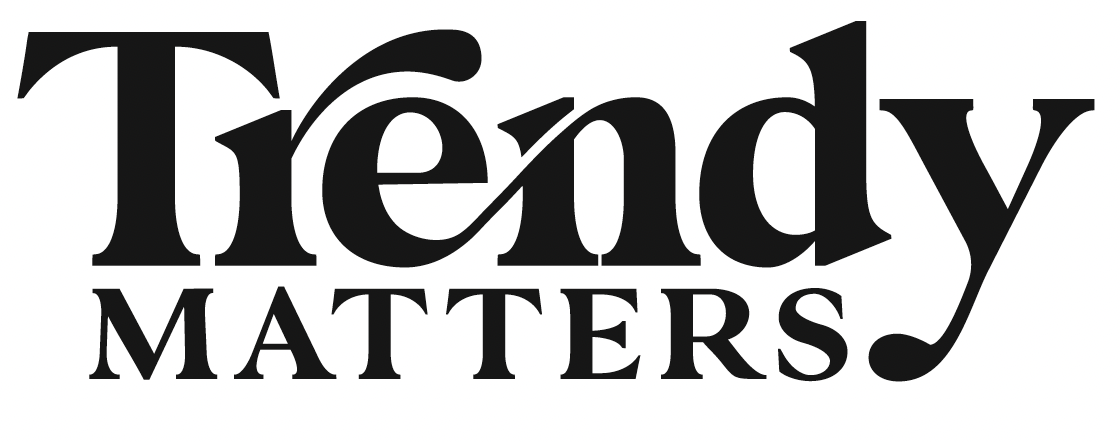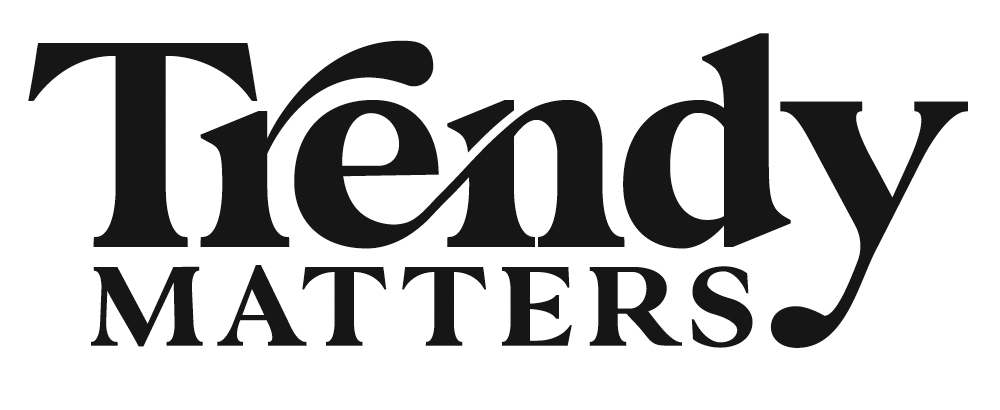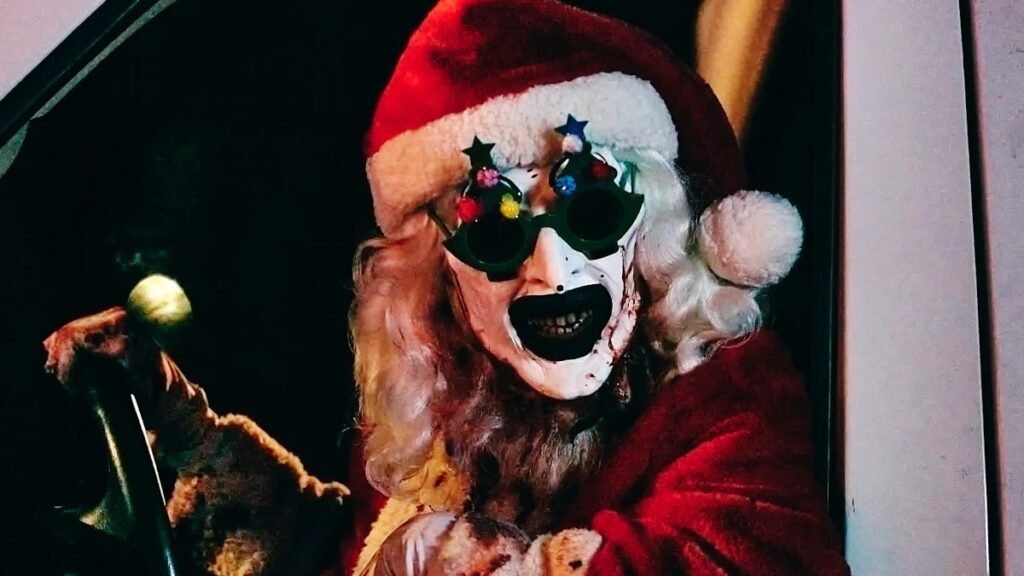This year has seen indie horror movies like Longlegs and Terrifier 3 dominate the box office, bringing in a total of $177.02 million worldwide on a combined budget of less than $10 million. Meanwhile, big-brand studio R-rated films like Joker: Folie a Deux and Furiosa: A Mad Max Saga aren’t fleshing out to be the blockbusters they intended to be.
What’s changing in audience behavior? What do these low-budget indie flicks have that the big-budget films are missing?
While entertainment is at the forefront of each of these movies, two distinct elements are making the indie projects massive successes against huge studio stinkers.
Let’s break it down.
Small Budgets, Bigger Risks
Filmmakers know that smaller budgets often mean fewer risks and compromises. When there isn’t a lot of money on the line, fewer people are in the mix. Writers and directors get nearly full creative control over the production and direction of the film.
Indie films have the freedom to take big storytelling risks because higher-up executives aren’t interfering to make it appeal to a broad, four-quadrant audience for more box office revenue.
With this freedom, filmmakers like Oz Perkins, the writer-director behind Longlegs, Damien Leone, the creator, writer and director of the Terrifier franchise, and Coralie Fargeat, the writer-director behind The Substance, can take these big creative risks that target the interests of a smaller, more defined audience.
Read More: The Substance Is So Grotesque, Its Poetic
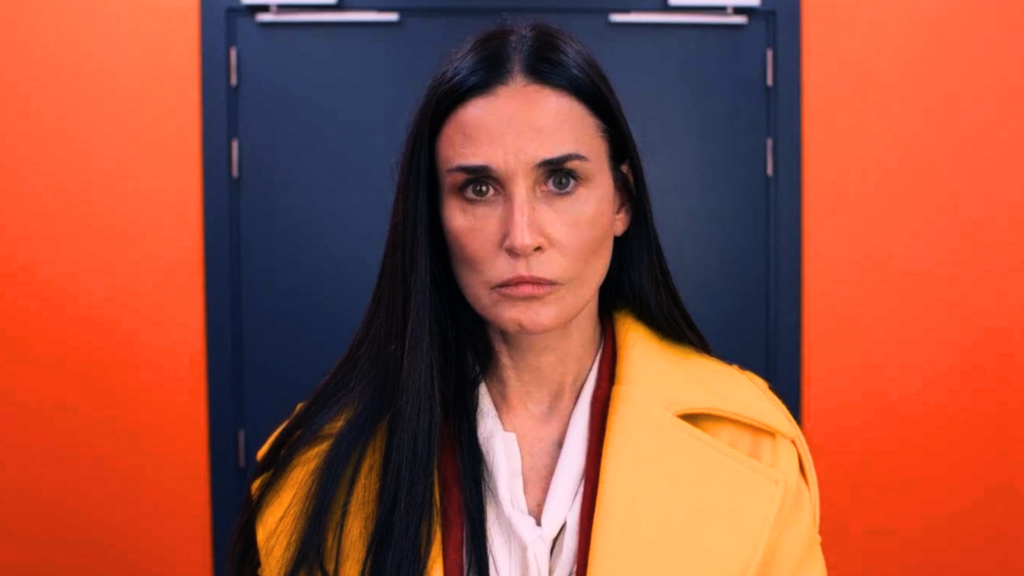
More Targeted Audiences
While studio executives may dismiss these films as lowbrow, they carry a raw, unpolished type of artistry that resonates more authentically with audiences who are willing to pay for the chance to share the experience with others in a dark theater.
Horror film Longlegs had a production budget of under $10 million, but brought in nearly $110 million since its July release—a 1000% return to date. Terrifier 3‘s production budget was estimated to be $2 million, but has brought in a whopping $66 million in the month since its release—and eye-popping 3,200% profit—so far.
Social media is driving attention to indie horror as users recount their experiences with the “best horror movie of 2024,” a label typically reserved for any horror film that delivers on gore and thrills. Reddit’s r/horror community is not only highly active—its 3 million members strong.
Related: The Oddity Probes the Dark Depths of Gendered Power
Despite some dismissing the claim, intrigue mounts about how filmmakers bring their unique horror visions to the big screen.
Indie horror movies have always existed, but they currently exist in a time when prestige horror has lost its flare and the desire for something original takes precedence over how polished the final product is.
For example, many in the Five Nights at Freddy’s fandom celebrated the film’s use of real animatronics over CGI and digital special effects.
Related: Five Nights At Freddy’s 2—Everything We Know So Far
It’s a lesson Marvel, known for it’s big-budget productions, may have recently realized with the success of Agatha All Along.
In light of brand-name studios’ recent streak of box office bombs with R-rated films, the indie horror scene is showing that people want original ideas and quality storylines. This should be great news for studios—especially the ones that are in major debt (cough, cough, Warner Bros. Discovery).
Instead of spending nearly $100s of million on a movie that may or may not make its money back at the box office, studios should take note that producers spending less than $10 million on bigger risks that could have a bigger payout.
The appeal of these movies is that, even if they don’t recoup costs, the studio’s losses are minimal.
The Grassroots Effect
Low-budget films—especially horror—often have surprising staying power at the box office and even more so in the aftermarkets, turning into profitable ventures long after their release. In fact, many indie horror movies that have gained “cult” status were box office bombs.
Much of the time, a movie’s success can be amplified by a grassroots effects. If an indie horror film lands with an indie horror fan, they may tell a friend about it and pique their interest in seeing it too. The flattering portrayal of the film by the film’s recommender primes the new audience member to expect to like it—a big difference from those going into big-budget films expecting fireworks and wearing their most critical lens.
Though it wasn’t exactly a “small” budget film at $4.5 million (in 2000, which equates to about $8 million in 2024 according to the Bureau of Labor Statistic’s inflation calculator), 2001’s Donnie Darko was considered a box office flop. Opening weekend only brought in $110,000 domestically. The failed landing was partially due to the timing of the movie’s release, which was about six weeks after September 11, 2001.
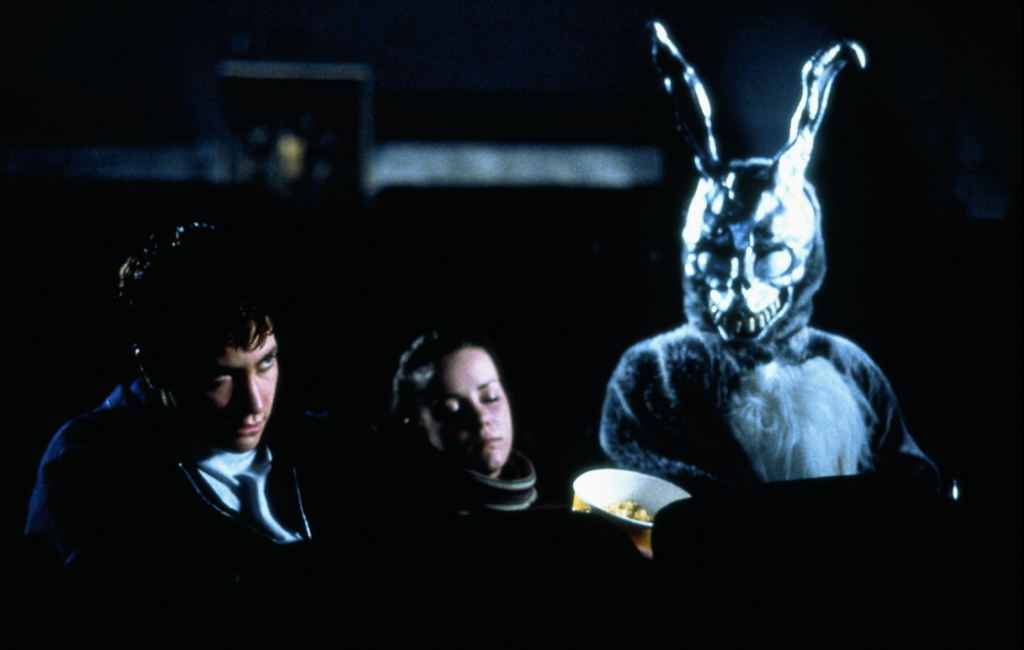
Still, avid horror fans found and praised the movie, and over time, it picked up a following. By 2008, the film had brought in nearly $18 million between home video sales and world wide box office revenue. It remains a heralded within the horror and indie genre, boasting an impressive 87% rating on Rotten Tomatoes. Even 15 years later, it generates significant discussion in online forums as new audiences discover it and try to interpret its complex themes and storylines.
Studios Should Take Note
In an era where big-budget studio films often aim for broad appeal, indie horror movies are thriving by daring to be specific, experimental, and true to their creators’ visions. The success of movies like Longlegs and Terrifier 3 shows that audiences are hungry for horror that pushes boundaries rather than play it safe.
While studios chase blockbuster formulas, the growing popularity of indie horror movies highlights a shift: Audiences are increasingly willing to support original, artist-driven films, proving that sometimes the boldest choices are the ones that pay off the most.
Read More: Fear Street Is One of the Best Horror Movie Franchises
This article is for informational purposes only. Trendy Matters has no affiliation with any of the brands or individuals mentioned, and the views expressed in this article are solely those of the author.
